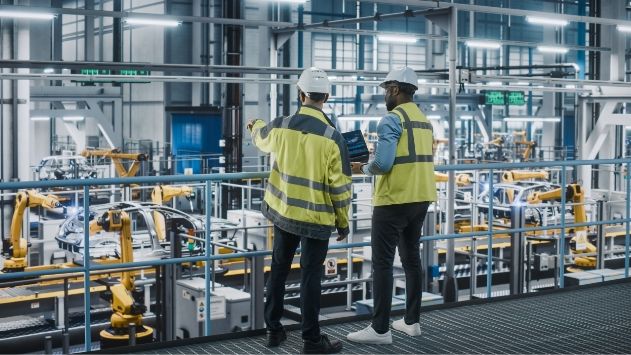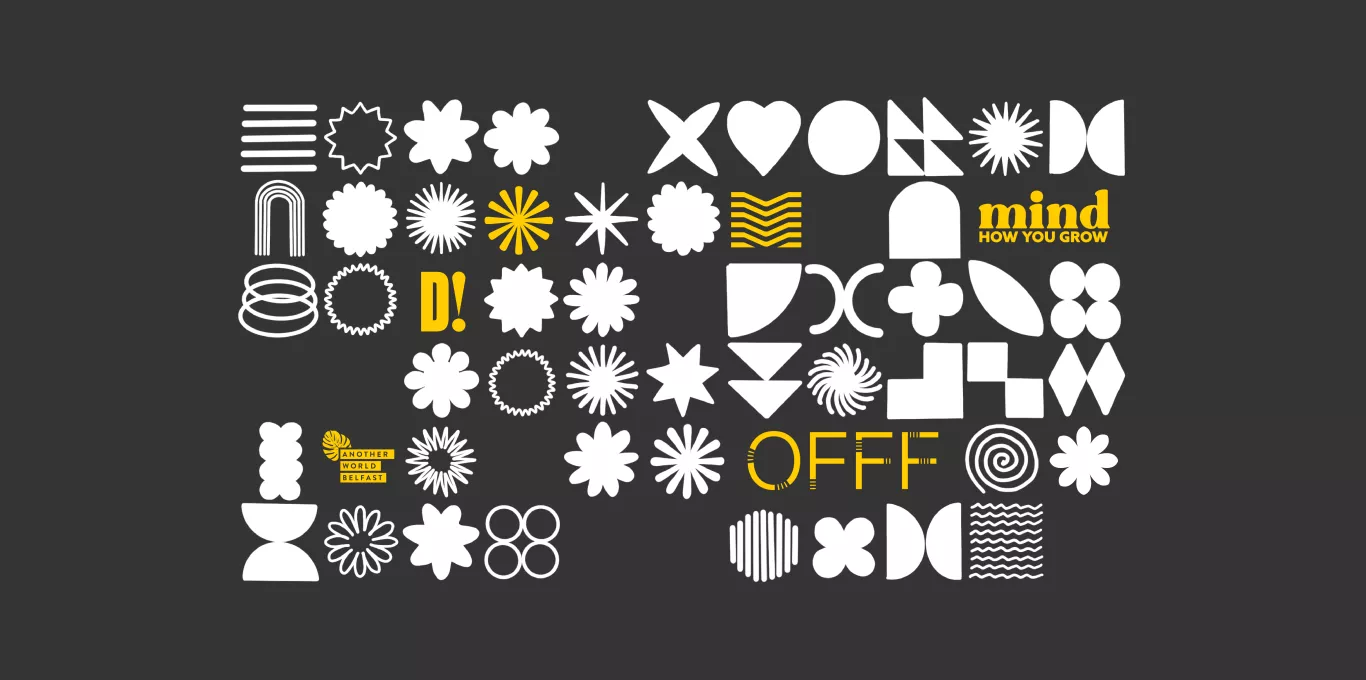What can design do?
A few years ago someone asked me what area of design I wanted to become involved in. As an 18-year-old at university, the only thing I was sure of that day was what I was having for lunch (a boojum). Now, eight years on since building this knowledge at University of Ulster Belfast, I can see how early experiences working in retail whilst studying, directed me in the path of where my values lay.
I wanted to be involved in people’s everyday commutes, in the products they hold, they use, they re-purchase and consume. I wanted to have an impact on this, and I wanted to do it right. The further in education I continued, the more I began to learn about socially responsible design and the different ways in which design could be used as a tool for good.
Change is at your fingertips. That is what INAR – Irish Network Against Racism believe. A network that collectively highlights and address the issue of racism in Ireland. INAR have developed an app – iReport.ie – that allows users to report on racist behaviour easily, anonymously and most importantly, immediately.
Loneliness kills more people than obesity. Participle designed “Circle” to re-empower older people in their own communities and facilitating more than 20,000 occasions of on demand support amongst the elderly in the UK.
Care for repairing? Established in 2023, Studio Repair Acts fosters restorative cultures in Ireland by connecting past stories about mending, maintenance and how we envision the future.
Act with urgency. This was the case for 150 Irish designers when they gathered to launch Design Declares Ireland, a new Creative Climate Action initiative which calls on the design community to move beyond inspiration and instigate real change.
These are all examples of what happens when design is employed to make a difference.
This could also be considered as Social Impact Design which refers to the practice of using design principles to address complex social issues and create positive change in communities. It involves applying design thinking and creative problem-solving to tackle challenges related to social, environmental, and humanitarian issues.
Studying Design at University, this usually was referred to as “Designing for Social Impact” or “Social Innovation.” I would like to consider myself as a Socially Impactful Designer. However, is it possible to ever know the extent of one designer’s impact on the world? The answer is probably not; however, it is possible to set a personal intention to create good.
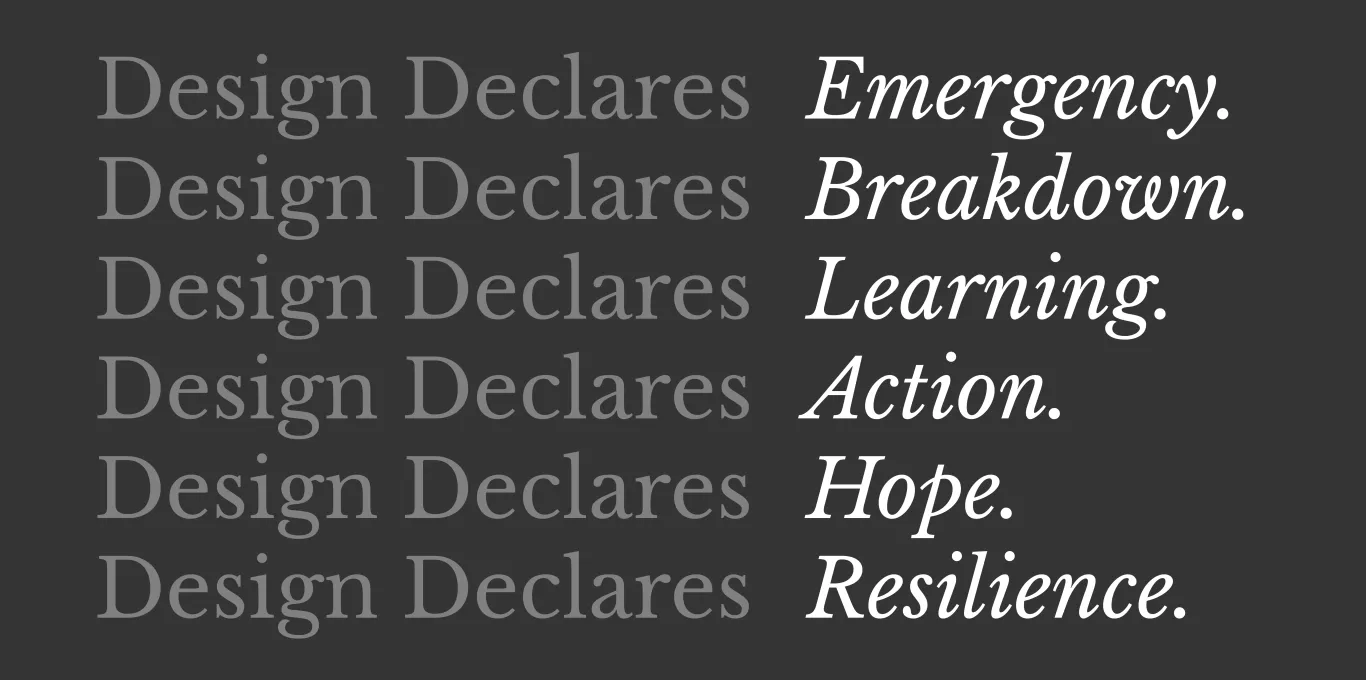
The first important role to recognise is the responsibility we hold. This is reflected in the creation of the First Things First Manifesto (1964 & 2000) which calls for social responsibility amongst designers and draws attention to the fact that design does have the potential to fulfil a greater purpose.
This manifesto is a reaction to the world of advertising and the skills of graphic designers being wasted on jobs such as toothpaste packaging or cat food packets. Although of course very important for oral hygiene and a cat’s survival, it is important to consider this a call for graphic designers to move away from advertising and the creation of design solutions that promote consumerism and it proposes that designers use their skill set for the benefit of society, on communications that are more lasting and meaningful.
NESTA’s Geoff Mulgan summarised it in 2014, describing the intersection of design and social impact as:
- Human-centred approaches
Through empathy and an understanding of different perspectives, designers can create relevant solutions, enhance lives and create a sense of ownership and empowerment within the communities they are designing for.
- Sustainable and ethical design
Socially impactful designs zoom out from the individual level to consider a design solution’s interactions with the environment and its ethical considerations. For our planet, this might look like the integration of sustainable and circular design principles such as eco-friendly materials, minimal waste and energy efficiency. Ethically, it may involve designing with integrity and considering the impact of work put out into the world. For example, the impact of digital on the environment could involve individuals unsubscribing from clutter in their inboxes, designers creating email campaigns that aren’t so spammy and instead considered more.
- Systems thinking
Socially conscious designers recognise the role that economic, environmental, political and cultural systems play in designing for social issues. This therefore allows designers to identify the root causes of a problem within various social structures and pinpoint opportunities for intervention or innovation.
- Innovation and creativity
Social impact design is all about tackling complex problems, meaning conscious designers always need to think outside the box and explore all possibilities to bring about positive change.
- Scalability, replicability and knowledge sharing
An integral part of socially impactful design is the desire to stir meaningful change at both the project level and beyond. This requires designers to be willing to share their results to further accelerate difference.
As consumers look for ways to make changes in their own lives to support issues including fighting racial injustices and helping the environment, many see their wallets as a way to help change the world. In recent years, more and more companies are recognising this value of designing for social impact as a critical business strategy.
68% of consumers expect brands to be clear about their values, while 46% of millennials and 42% Gen-Z are placing these expectations on companies and brands to be brave about tackling social and cultural issues.
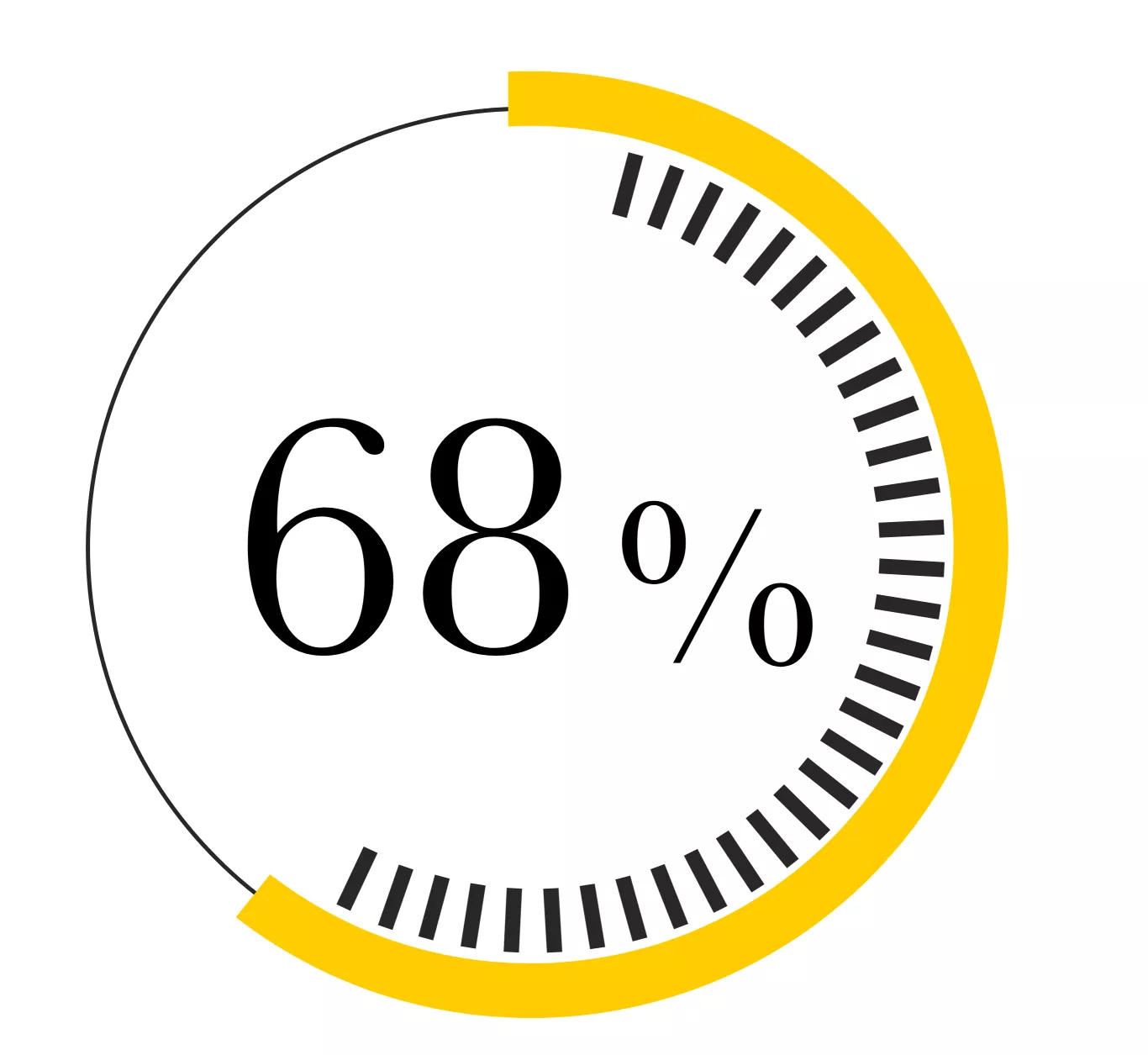
If there is a growing demand from audiences that the businesses they engage with are active with these issues, then arguably, the same must be asked of the digital marketing agencies to reflect and amplify those values in the online presence they create. They shape what we see, what we use, and what we waste.
Agencies through design have enormous power to influence how we engage our world, and how we envision our future. This means it draws on user-centric design principles to listen, learn, understand and innovate beyond which in turn will enhances authenticity and credibility whilst aiming to improve their surroundings, through a large or small scope.
In April of this year, the Creative Team had the opportunity to attend ‘Offfest’ in Barcelona. A global event that showcases the world’s best talents and sets the trends in design, art & post-digital culture.
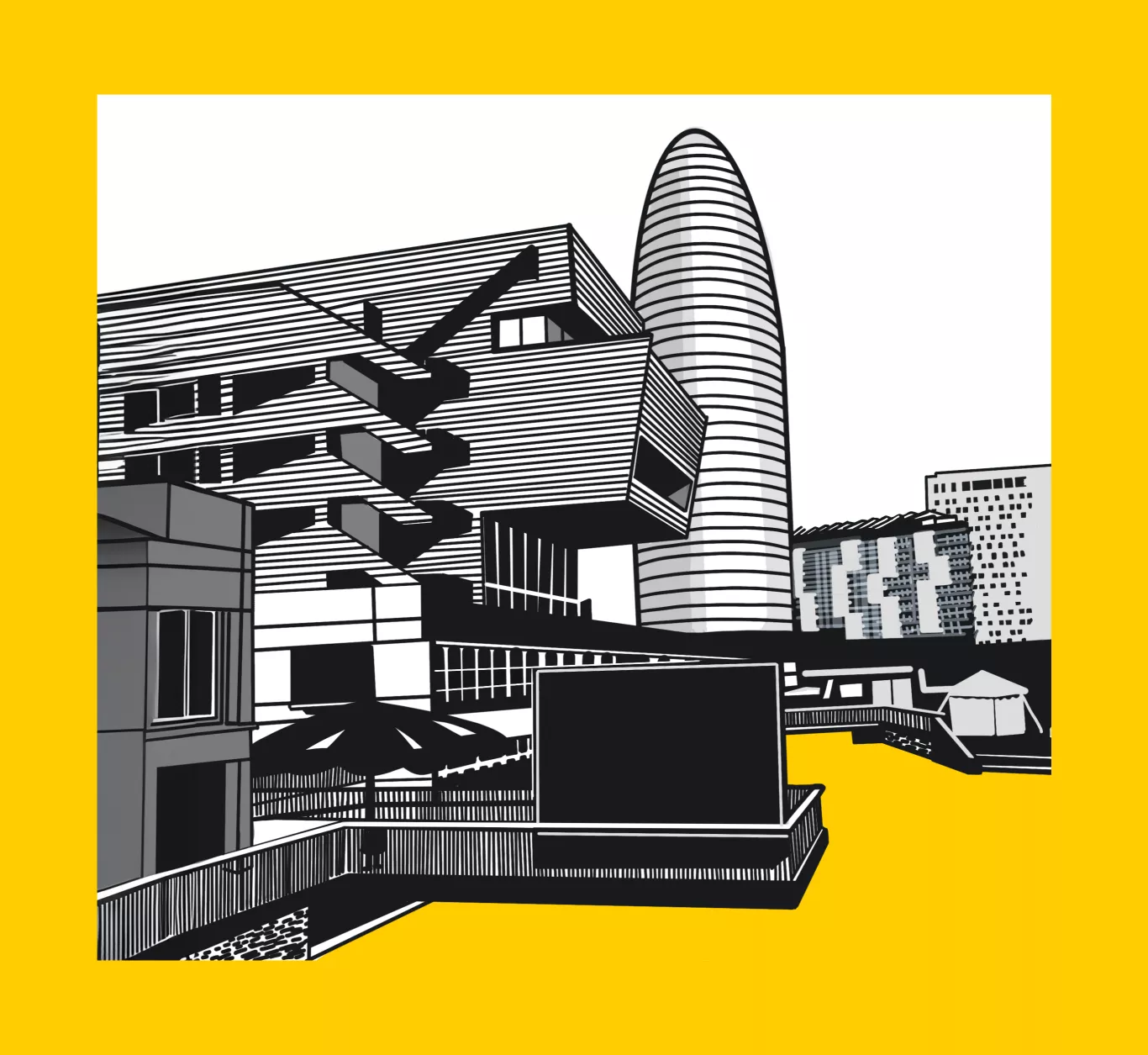
We also took part in the ‘Empathy Through the Senses’ workshop by Fail Fast Studio. This engaged participants in a challenging journey aimed at exploring innovative methods that could enhance the lives of the homeless and how we as designers could enable this. As a designer, I loved all aspects of being involved in this as I feel it aligns with values I want to see in any role I am involved in as a designer.
Since beginning my design journey, I can see the change in availability and promotion of taking on these subjects which has meant an increase of individuals being able to progress and choose to study subjects such as Graphic Design at University. Design schools can act as drivers for the diffusion of design for social innovations as they are the places where new visions are generated, new tools are defined and tested, and new projects are started and supported. As well as this, teaching these codes of practice will therefore help to shape future designers from the very beginning of their careers and the workplaces they develop into. We must be the change we want to see in the world, fulled by boojum of course.
The future for humanity lies in the decisions we make in our lifetimes. It is up to us: the product designers, the message designers, the specialists in the transportation of things and ideas. “We can wait for an opportunity to change the world, or we can make an opportunity to change the world. Either way, we must always remember to take it.” - Naresh Ramchandani, Pentagram
To get involved in the growing Social Design movement, and to learn more about it, there are a list of resources here.

